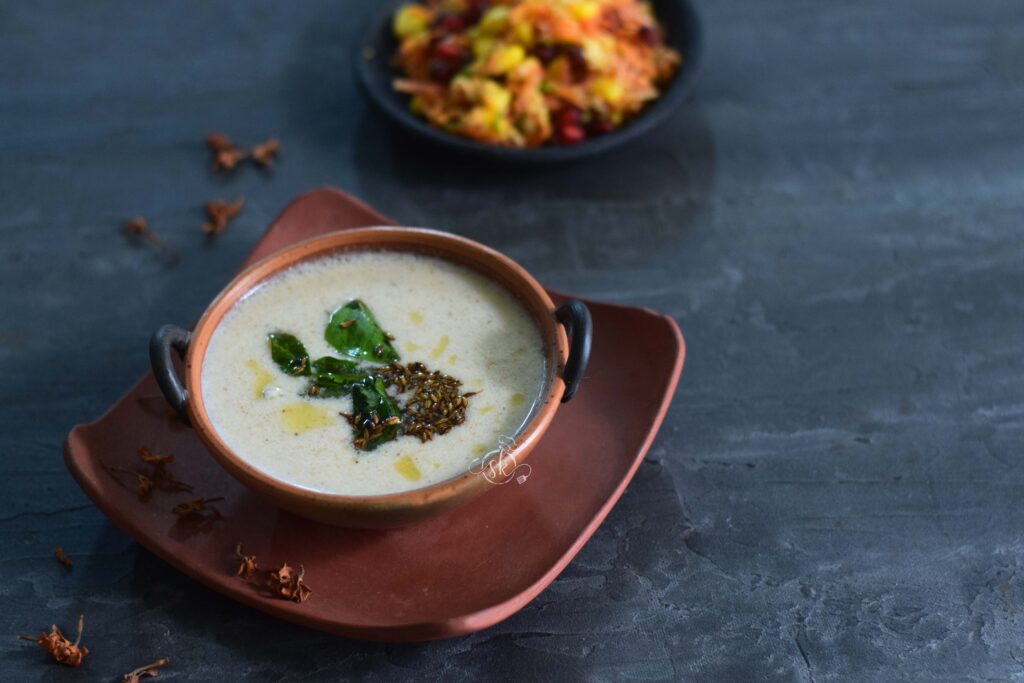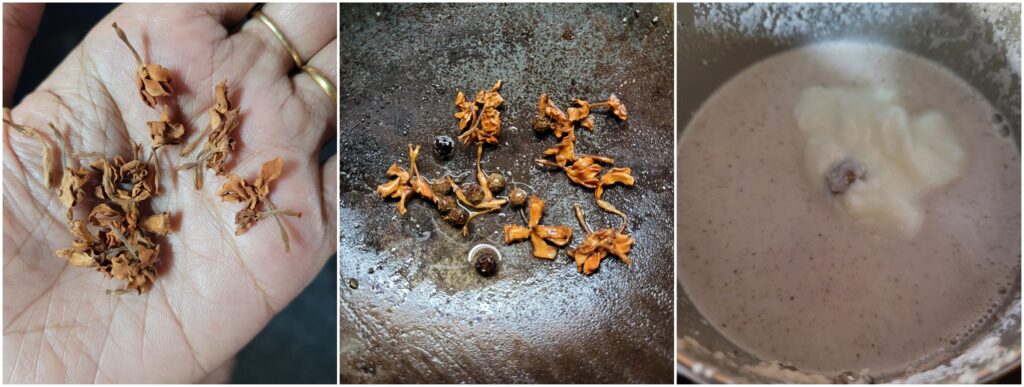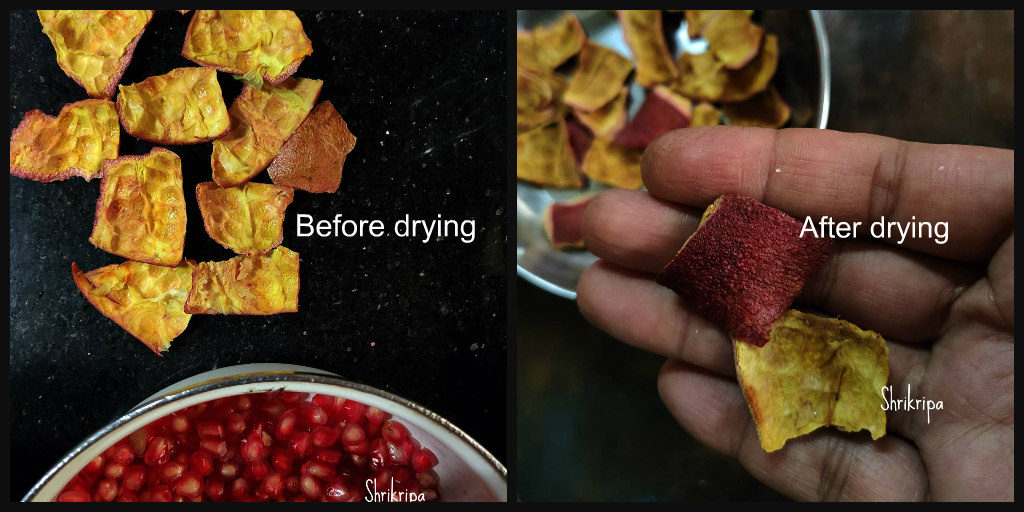The Kutaja plant (Holarrhena antidysenterica) is one of India’s most valuable medicinal plants. also known as ‘Indrajav’, ‘Coneru’ in English, and ‘Kutaja’ in Sanskrit,

(Picture Courtesy: Swathi )
In our language, It is called kodagasana, kodasige, kodenchi, kurchi etc.
The scientific name of this plant itself suggests the use of this plant.’ Holos means whole, and ‘Arrhen’ means male. So ‘Holarrhena’ means the male part of the flower or entire anther (The part of the stamen where pollen is produced), and ‘antidysenterica’ is to stop dysentery.
Kutaja plants are common in tropical parts, especially in rocky areas of India. Here, Ku-taja, as the name depicts, is grown in-between rocks.
Now, how it is procured or stored: In season, we pluck the flowers, clean them and sun dry them for a few days till it shrinks and becomes brown and crisp. We store it for years and use it as and when needed to treat or maintain gut health.

In our region, our ancestors occasionally included Kutaja flowers to maintain tummy health by frying 7 to 8 flowers in little ghee and having it with the first morsel of rice while having lunch.
In some households, it is used while seasoning the Huli menasu ( one of the age-old recipes)
We all know how our grandmoms treated us for our tummy aches, be it because of overeating during childhood, excess indulgence during summer vacation, or any upset tummy episodes.
The only remedy was Kutajarishta, an ayurvedic concoction OR
Homemade kutaja or kodagasana tambli: recipes of our region.

Let us see how it is made in our household –
Ingredients:
Dried Kutaja flowers – 8 to 12
Ghee or coconut oil – ½ tsp
Black peppercorns – 6 to 8
Grated Fresh Coconut – ½ cup
Buttermilk – 1 serving spoon
Method:
-Take ½ tsp of ghee or oil, and fry kutaja flowers and peppercorns.

-Grind fried items, Coconut, salt and water to make a smooth paste.
-Add buttermilk and adjust the consistency by adding water and boil once.

-If you like seasoning on tambli like me, please go ahead and heat some ghee and add cumin and curry leaves. Pour on Tambli and enjoy it as a soothing drink or with Hot Rice.



